

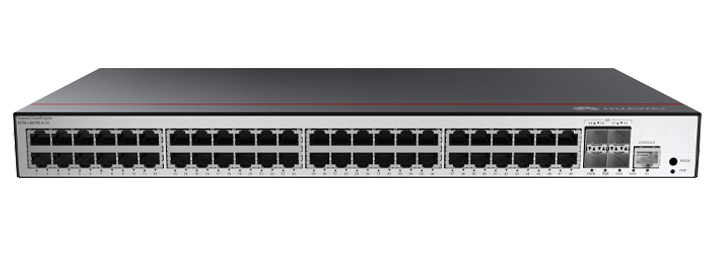
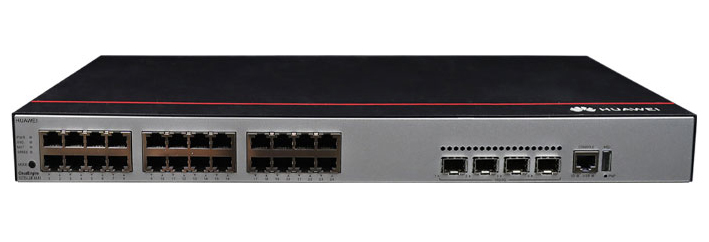



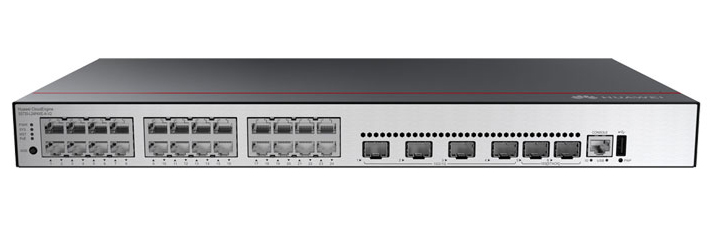
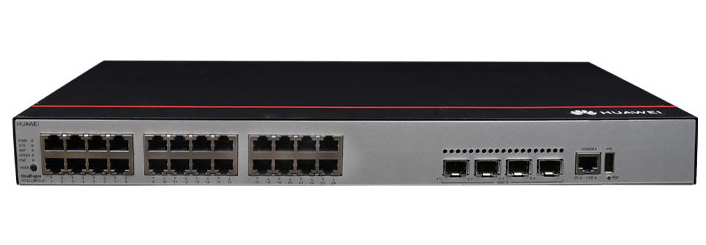



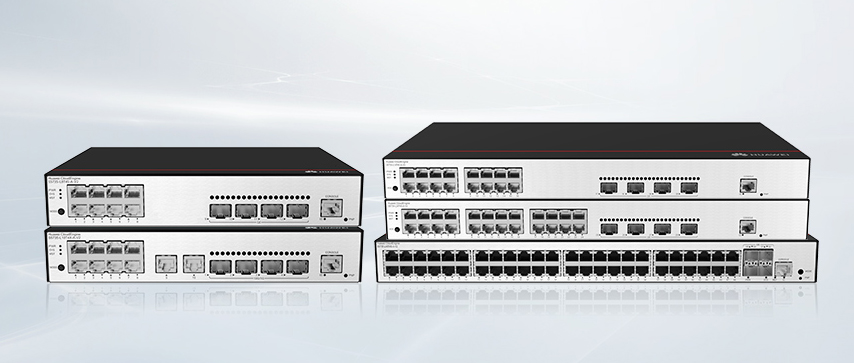
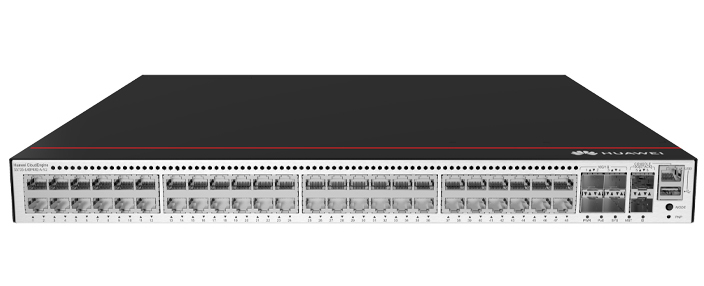
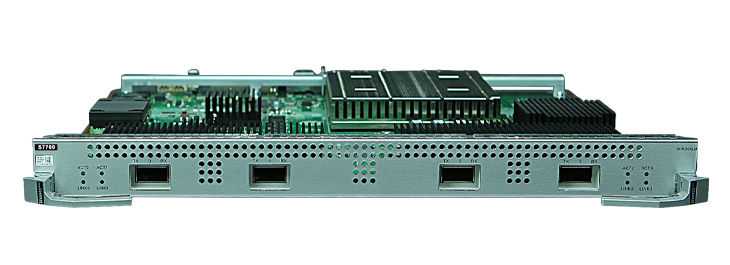

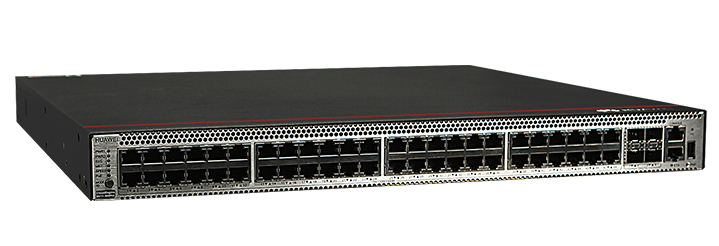
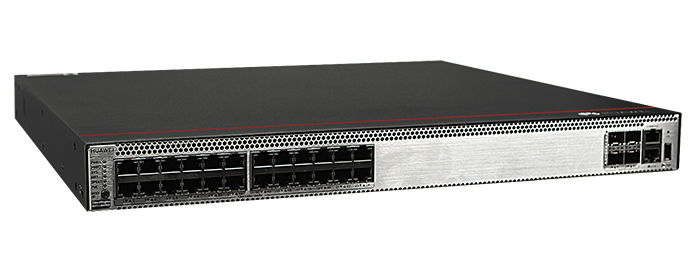

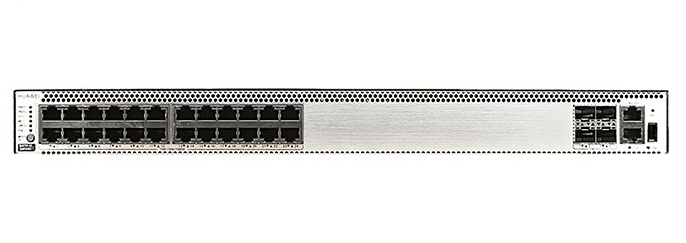
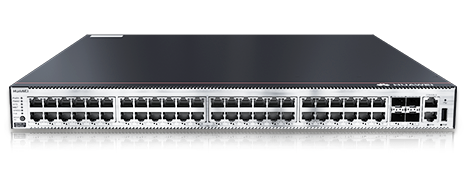

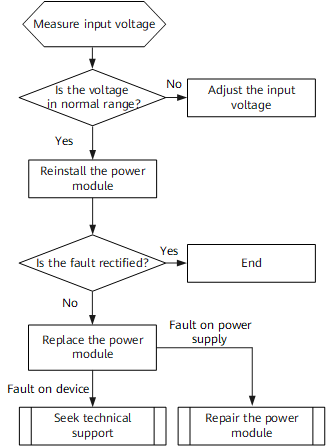


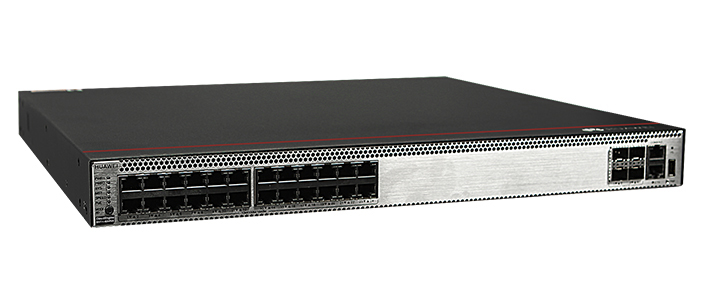
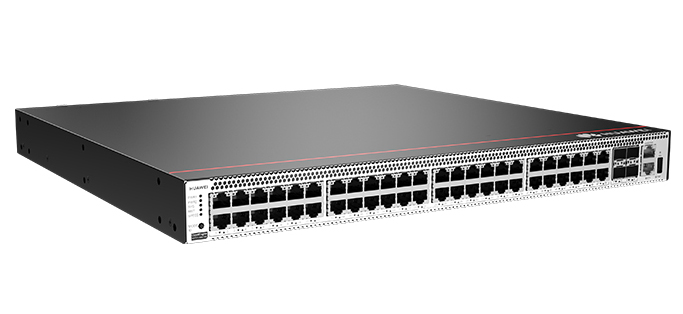
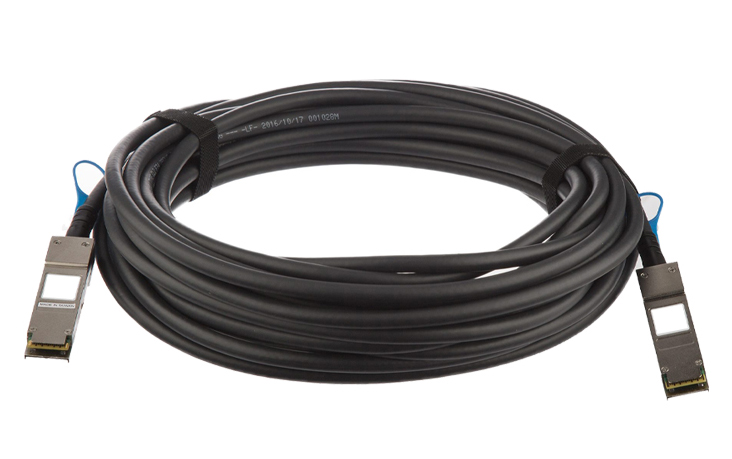
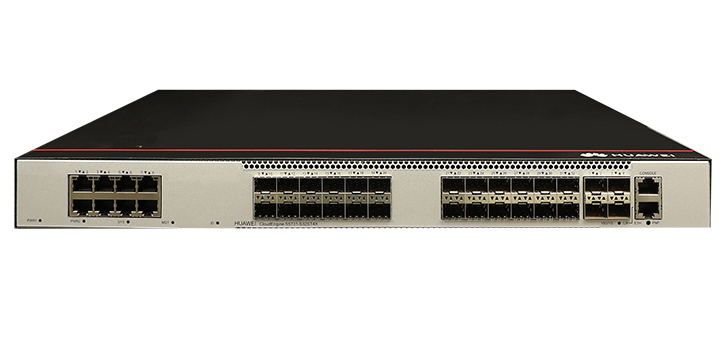
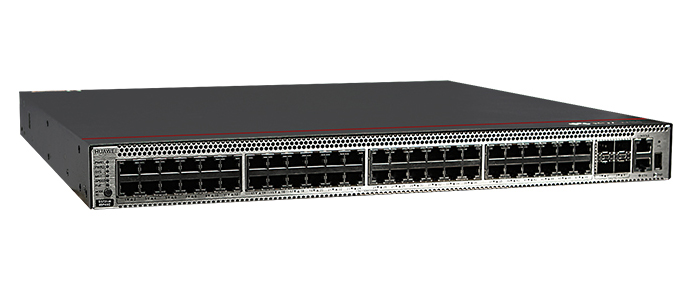
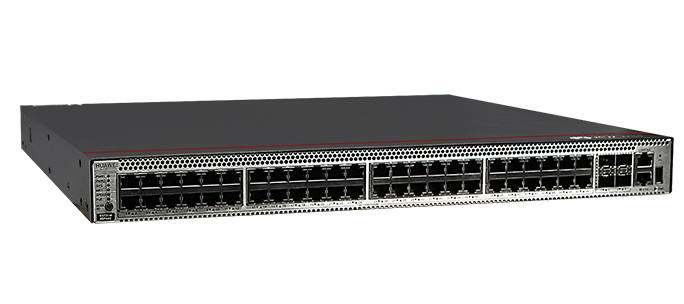

This guide will walk you through the steps for how to set up an old router as a Wi-Fi extender,also often referred to as a wireless internet or Wi-Fi repeater,to help boost your home or office network in areas with a weak signal.
For optimal speeds,your extra router should support at least the 802.11n Wi-Fi standard.Older models may not provide the internet speeds you require in an extender.
The easiest way to use a spare router as an extender is to connect it to your main router via an Ethernet cable. The design and phrasing used for router settings and features can vary greatly from router model to model but the general setup steps are typically as follows.
Detailed instructions for your router's specific model should be available via the manufacturer or internet provider's website.
Update the firmware on your old router. If you haven't used your old router in a while, it may need to be updated to improve its internet connectivity and security.
Connect an Ethernet cable to an Ethernet port on your main router.
:max_bytes(150000):strip_icc()/how-to-use-a-router-as-a-wifi-extender-01-28e013d94d6f4c5399591b1bf7af4057.jpg)
hatchapong/iStock/GettyImagesPlus
Plug the other end of this Ethernet cable into the WAN port on the secondary router you want to use as a Wi-Fi repeater.
:max_bytes(150000):strip_icc()/how-to-use-a-router-as-a-wifi-extender-02-3cfff835429e46209fdc9dadf5a9d6b8.jpg)
Giorez/iStock/GettyImagesPlus
Log in to your secondary router's admin settings by using its IP address and login information.
This information is often written on a sticker on the router itself or can be found in its manual or packaging. These are the same admin settings used when changing a modem or router's password.
Once logged in, locate the router's wireless settings and selectAP Mode. This will turn your router into an access point for your internet connection, essentially extending the Wi-Fi beyond the main router's range.
You may need to click an option likeApply, Confirm, orSavefor the change to go live.
An alternative to the AP Mode solution is to set your extra router up in itsRepeatermode. This is a good option if you don't have an extra Ethernet cable lying around. Here's how to do it:
Make sure your main router is turned on and is broadcasting Wi-Fi.
Update your old router's firmware so it has the latest security and feature improvements.
Log into your old router's admin settings via a web browser or its official app.
Check the bottom of the router for its login information.
Locate the old router's wireless settings and selectRepeating Mode.
The exact phrasing and steps for this can differ quite a bit depending on your router's model.Repeating Modemay also be calledWireless Bridge Mode, Extender Mode, Repeater Mode, or something similar.
Select the Wi-Fi network created by your primary router and connect to it with its password and, if needed, username.
This step can vary depending on the router you're using. You may be asked to enter your main router's IP address or MAC address and admin information instead of, or in addition to, the Wi-Fi network login information.
Confirm the changes.
The easiest way to use an old internet router as a Wi-Fi extender without an Ethernet cable is to place it in Repeating Mode as described above.
When put in Repeating Mode, a router wirelessly connects to the Wi-Fi connection being produced by the primary router and then broadcasts an extension of the wireless network around itself.
When using an old router as a Wi-Fi repeater, keep in mind it needs to wirelessly connect to the primary router and can have its connection interrupted or weakened by physical objects and walls. Try to place it away from walls, furniture, and other large objects.
Most modern routers and modem-router hybrids support Wi-Fi extension capabilities. Many older routers can also be used this way though it's recommended they support at least the 802.11n Wi-Fi standard. A router with older Wi-Fi tech may work but it likely won't provide the speeds or stability you're looking for.
Some routers, such as the Asus AiMesh line of products, feature extra support for Wi-Fi extending with their own mesh networking system. A wide range of Wi-Fi extenders are also available from several manufacturers and retailers. These dedicated devices can often be cheaper and a lot easier to set up than other Wi-Fi boosting or extending strategies.
How to Add Mesh Network to an Existing RouterYou'll need a Linksys Smart Wi-Fi router that supports Wireless Repeater mode. Make sure you have your main router's wireless settings, then enter the default Linksys router web addresshttp://192.168.1.1(or a new address if you modified this) into your browser and log in to your Linksys Smart Wi-Fi router. SelectConnectivity>Internet Settings>Edit>Wireless Repeaterand enter the main router's details.
A Wi-Fi extender can be an effective and useful way to shore up a spotty internet connection by expanding your wireless network's range, but there are some caveats. Your internet speed, Wi-Fi needs, router location, and more all have an impact on a Wi-Fi extender's effectiveness. Since the extender uses the same frequency band as the main router, be aware that you may experience an internet speed reduction.
A Wi-Fi extender connected via a wired connection will provide a strong, dedicated connection, particularly if you have a high-speed internet plan. It's important to use a dual-band Wi-Fi extender to maximize your speed. Using an older, single-band extender may actually drag down your overall internet speed as the device works to provide a signal to a wide swath of area.
 Tags chauds:
Tags chauds: